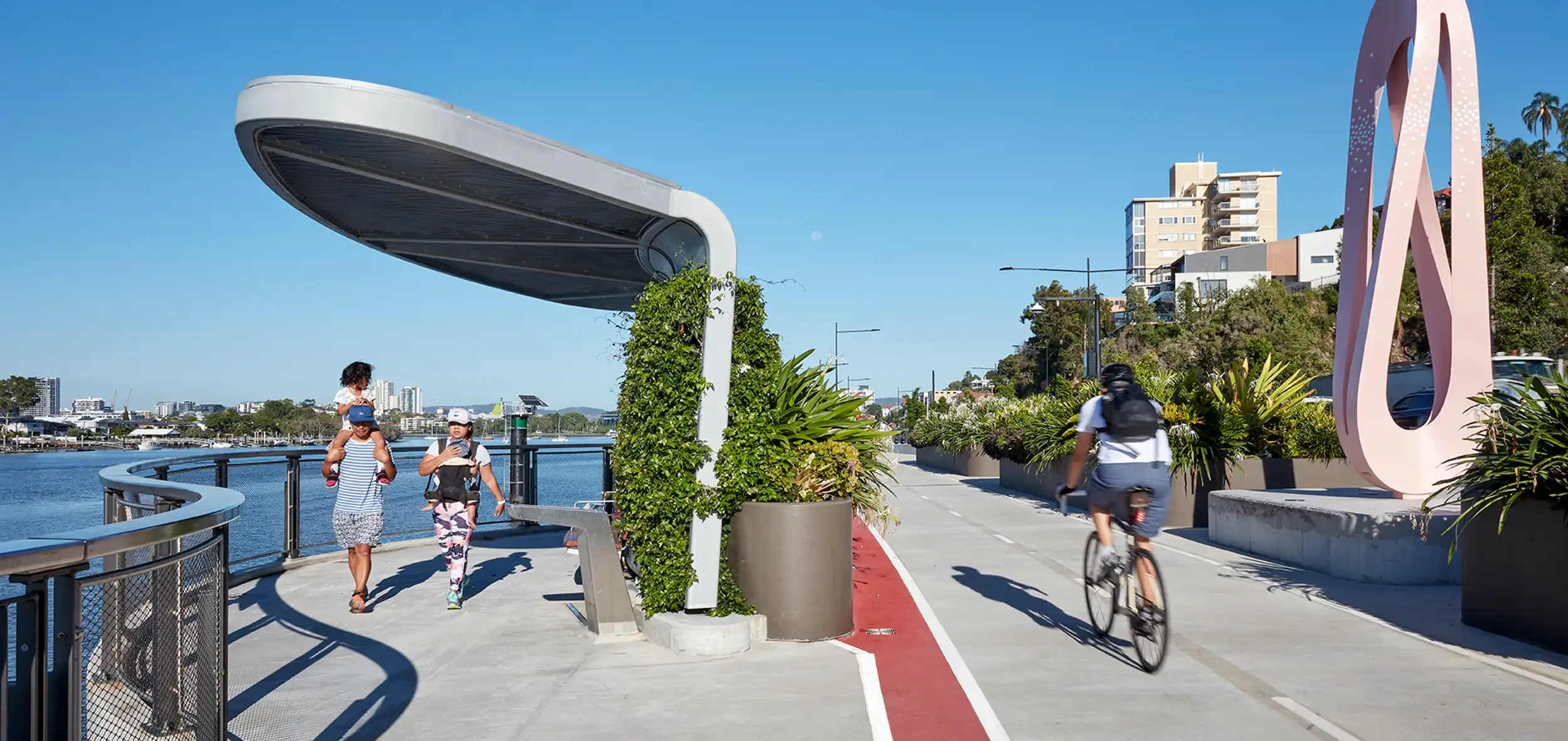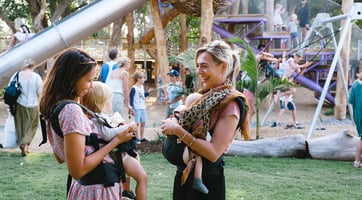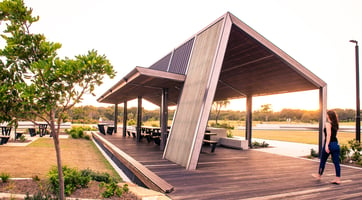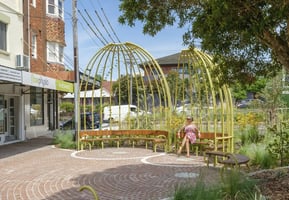Walkable Brisbane: Enhancing Pedestrian Pathways for the Olympics and Beyond
Olympic infrastructure shouldn’t just move people—it should connect them. FORGE explores how bridges can shape a more vibrant, walkable Brisbane.
In the second article of our series on Brisbane 2032, FORGE Business Development Manager, Shez Mussa, explores how bridges, boardwalks and pedestrian connections can become vibrant public spaces; not just thoroughfares.
How do we turn Olympic infrastructure into something more than just a transport fix?
As someone who grew up in Brisbane, and is soon to become a father for the first time, I care deeply about the kind of city we’re building for generations to come. Walkable, connected infrastructure isn’t just about moving crowds during a global event. It’s about creating a better, more cohesive city for future Brisbanites.
As we move closer to the 2032 Olympic and Paralympic Games, one thing is becoming clear: South-East Queensland has a golden opportunity to shape its urban footprint in a way that extends far beyond the sporting calendar. This article—the second in a series exploring how outdoor infrastructure will influence Brisbane’s public realm—focuses on pedestrian connections and the role they play in shaping vibrant, liveable cities.
Bridges, Boardwalks and Beyond
To some extent, every town and city is a product of its geography. This is certainly the case for Brisbane. Defined by its meandering river and dispersed activity centres, connectivity will be key to a successful Games. Stadiums and sports venues may have been dominating the recent news cycle again, however make no mistake; boardwalks, pedestrian bridges and upgraded footpaths will become equally essential infrastructure, linking venues, public transport hubs and urban spaces in a seamless pedestrian-first network.
Critically, these aren’t just transport solutions; they’re placemaking tools. Take, for instance, the impact Kingsford Smith Drive upgrade has had on the community. Designed by LatStudios and delivered by Lendlease in 2020, it transformed a key Brisbane gateway into a vibrant urban corridor, featuring wide pedestrian and cycleway, shaded lookouts and rest stops, art installations and lush greenery as its centrepiece.

Wide lanes, shaded stops, lush greenery and art: Kingsford Smith Drive Upgrade
Could the same potential outcome be achieved for a new pedestrian-based green bridge connecting South Bank to Woolloongabba, one of Brisbane’s most historic sporting and entertainment precincts. Far beyond simply getting people from one cultural precinct to another, a bridge of this scale could also become a place for visitors to pause, reflect and take in the sweeping views. If thoughtfully designed, it can elevate the everyday experiences of all who use it, not just for a few weeks in August and September 2032, but for decades to come.
Activating Urban Space Through Movement
Well designed pedestrian corridors do more than move people; rather they activate their surrounding spaces. When walking routes are lined with landscaping, integrated lighting, seating and public art, they attract more than just commuters and event-goers. They become places to meet, rest and engage. They become local landmarks.
These corridors also breathe life into surrounding businesses and public facilities. A connected pedestrian spine can bring renewed foot traffic to Brisbane’s cultural institutions, retail pockets and our still very underutilised riverfront. In the context of the Olympics, this is critical not only to reduce car dependency and congestion, but also to generate organic, street-level energy across the city.
Long After the Closing Ceremony
The real measure of success will be what happens after the final medal is awarded. If Brisbane gets its pedestrian infrastructure right, these Olympic-era pathways will become part of the city’s daily rhythm used by locals on their morning runs, kids heading to school and weekend visitors exploring new parts of the city.
This kind of legacy doesn’t just happen. It requires intentional design: wide, accessible footpaths, shaded areas, places to sit and rest, and intuitive wayfinding. It also needs cultural investment ensuring the spaces feel safe, vibrant and part of the city’s identity.
As we shape Brisbane in the lead up to 2032, it’s important to remember who we’re building it for; not just international visitors, but future generations of Brisbanites. As someone who grew up in the River City and is soon to become a parent, I see this moment as more than just a planning challenge, it’s a personal one. The walkable, connected city we design today can become the everyday landscape our children grow up with tomorrow. Let’s make sure we get it right!
In the next article, we’ll explore the importance of shade and how both natural and built solutions can improve comfort, usability and liveability across Olympic precincts and beyond.
Image credits: LatStudios





